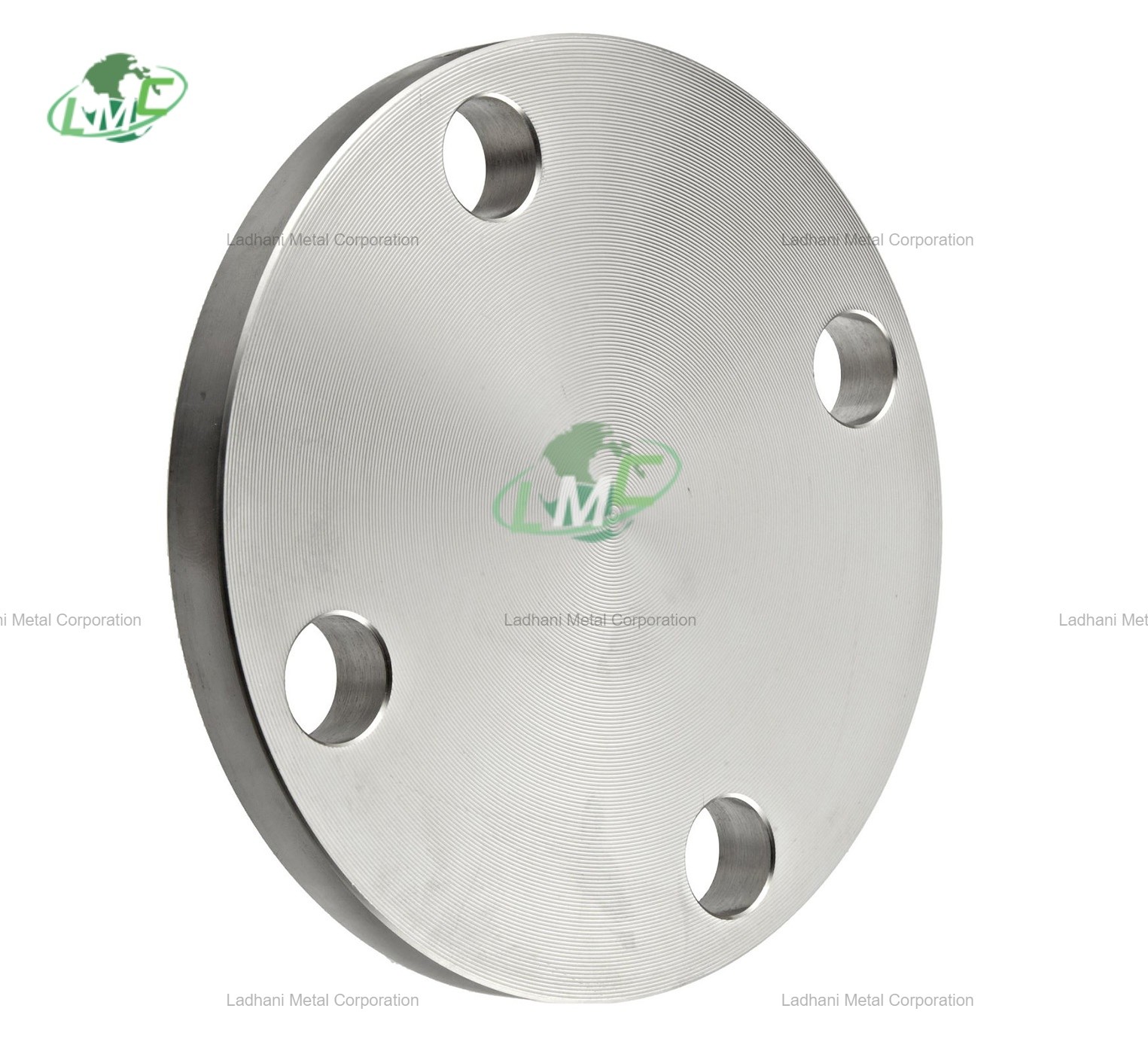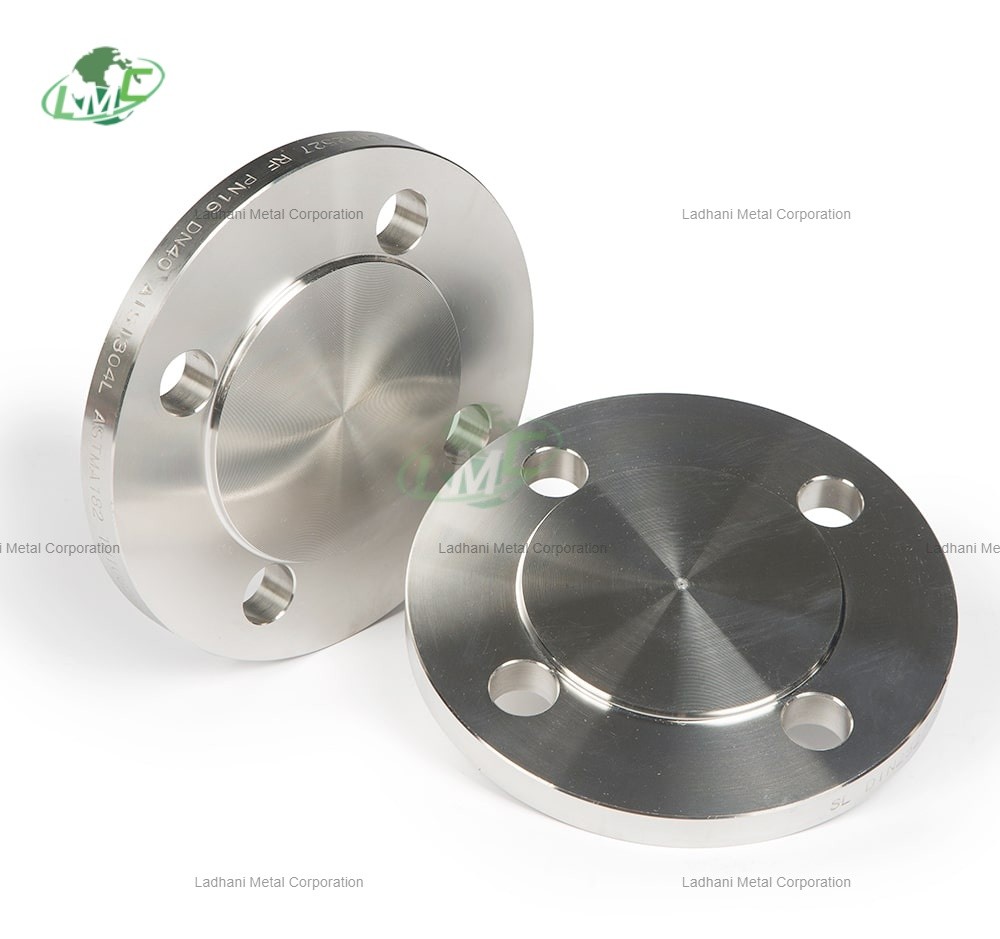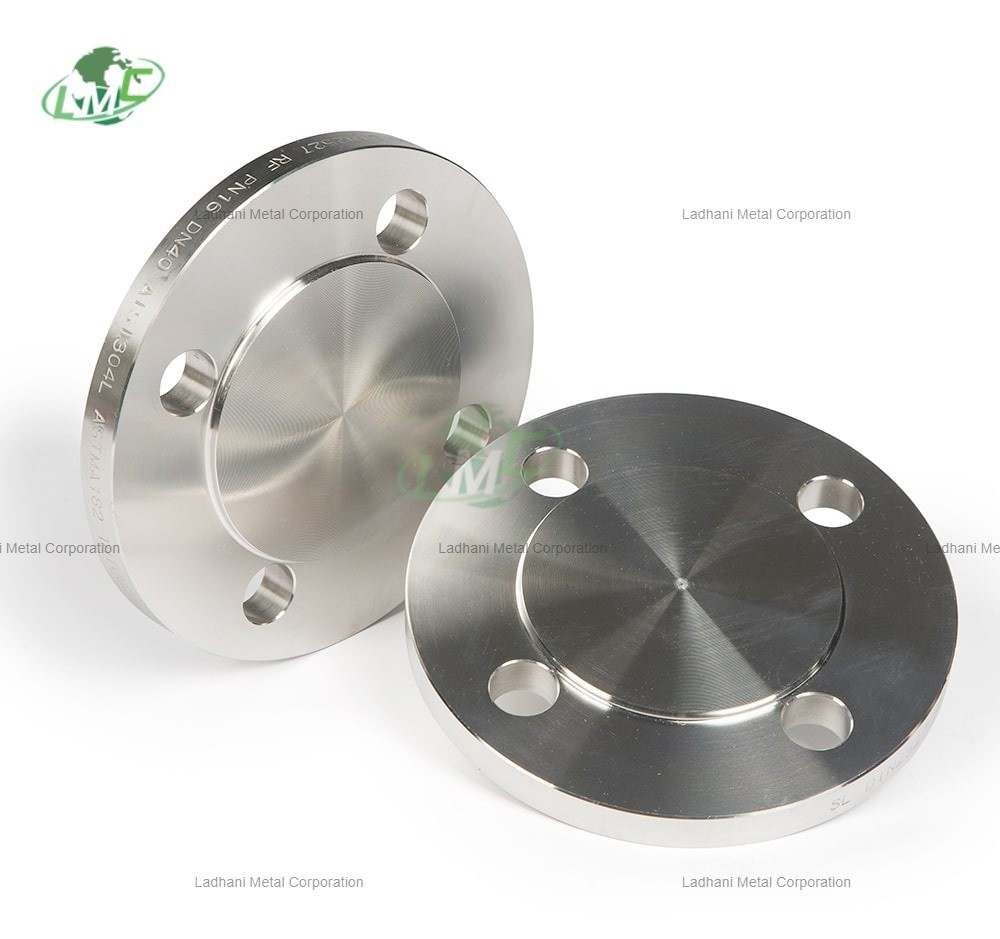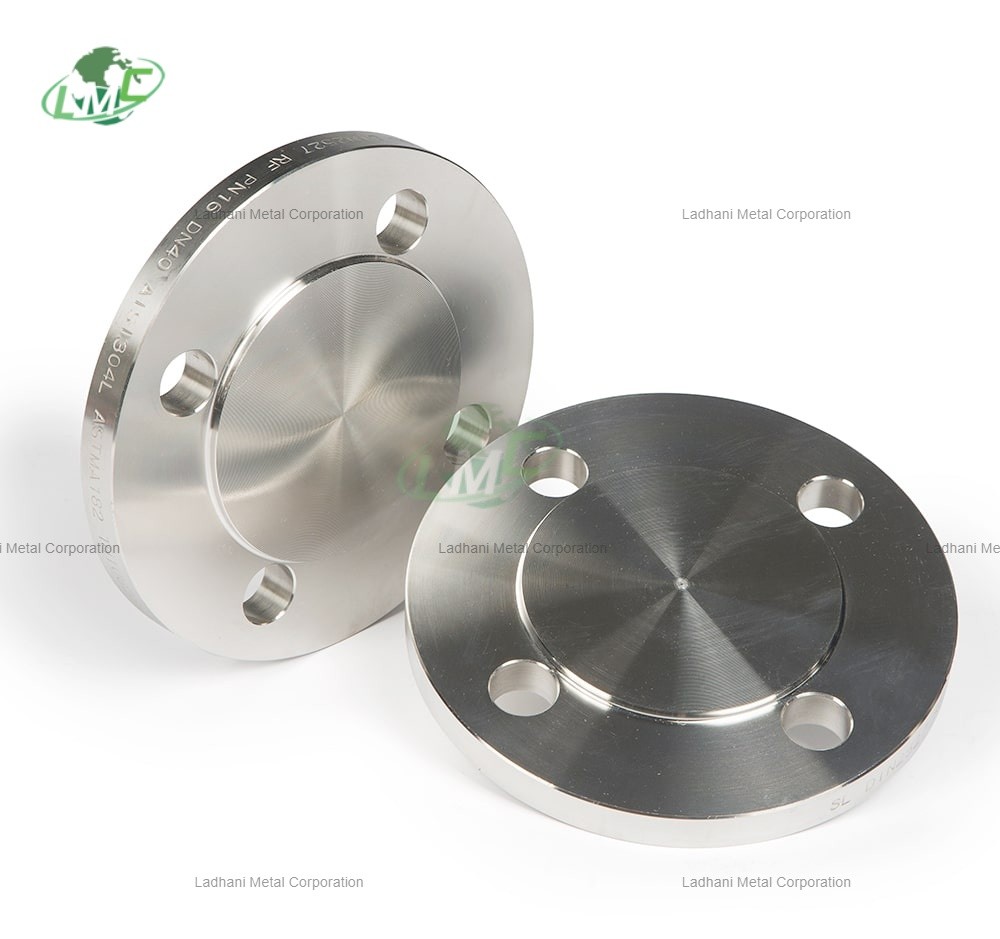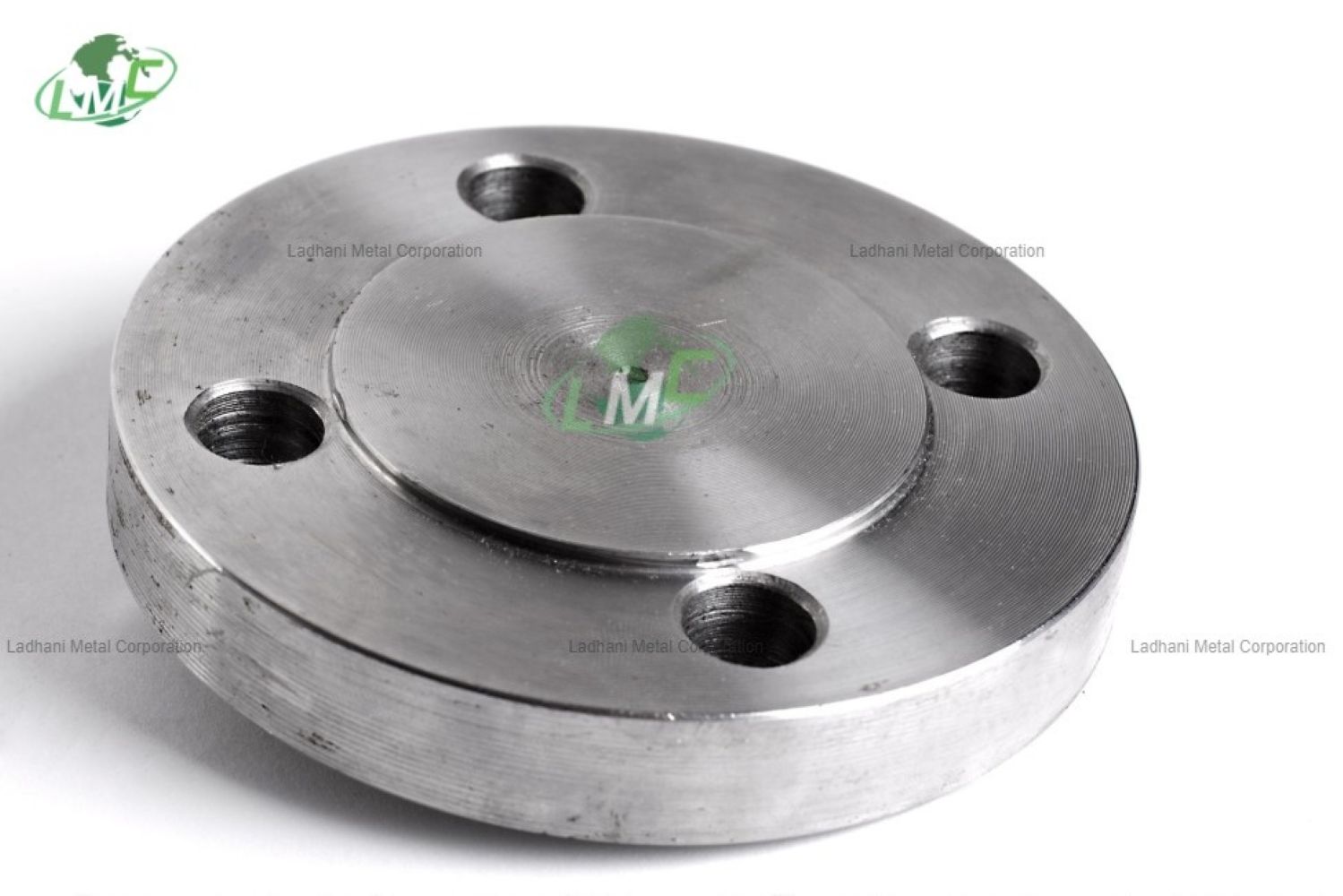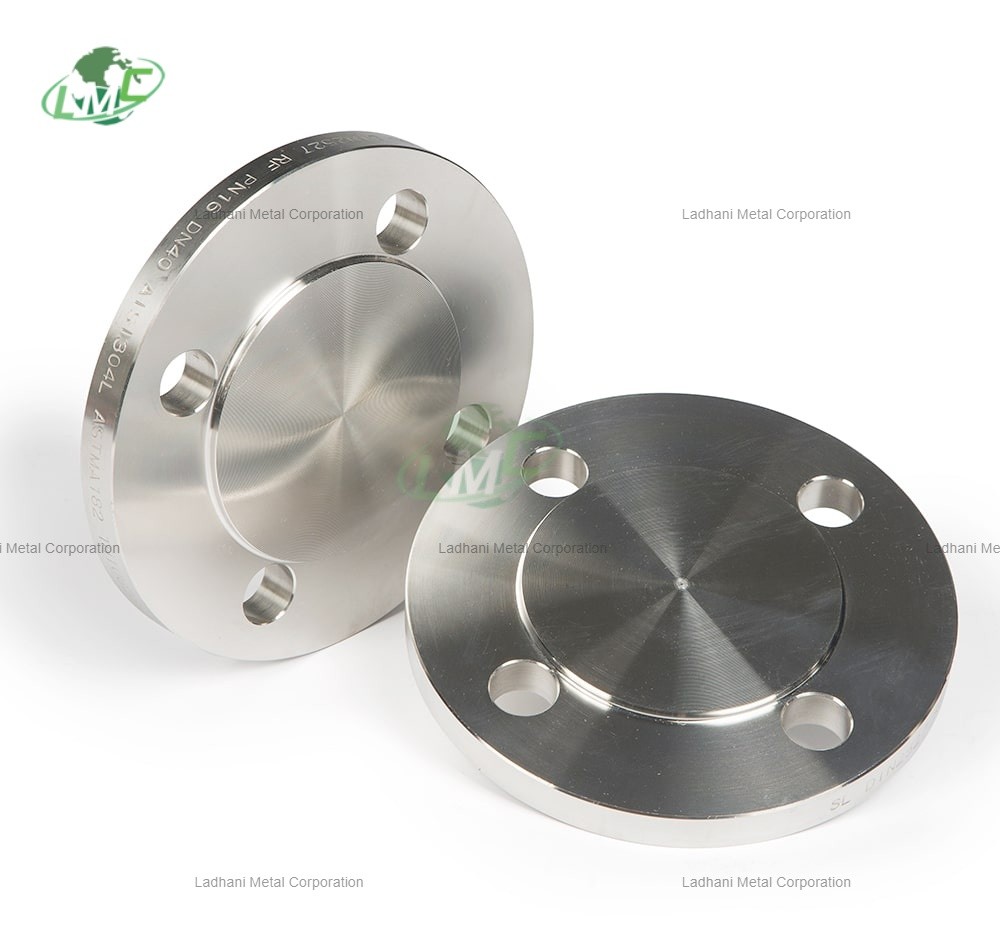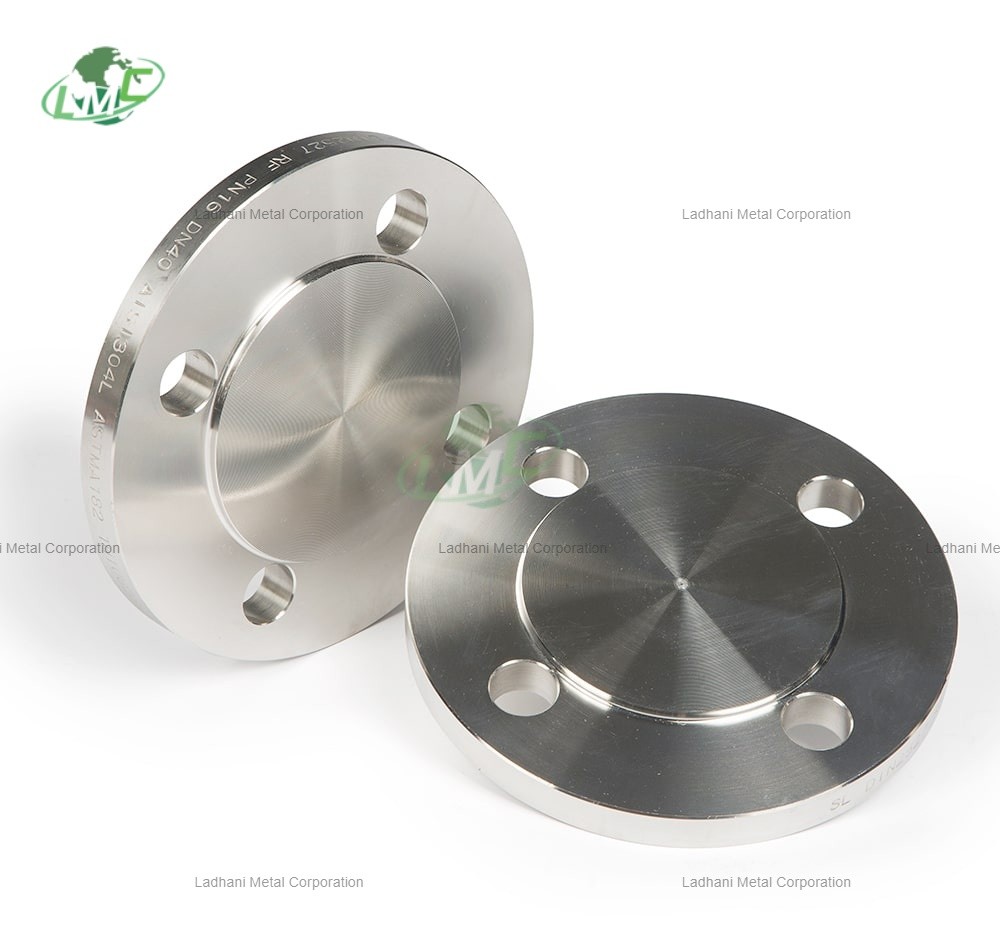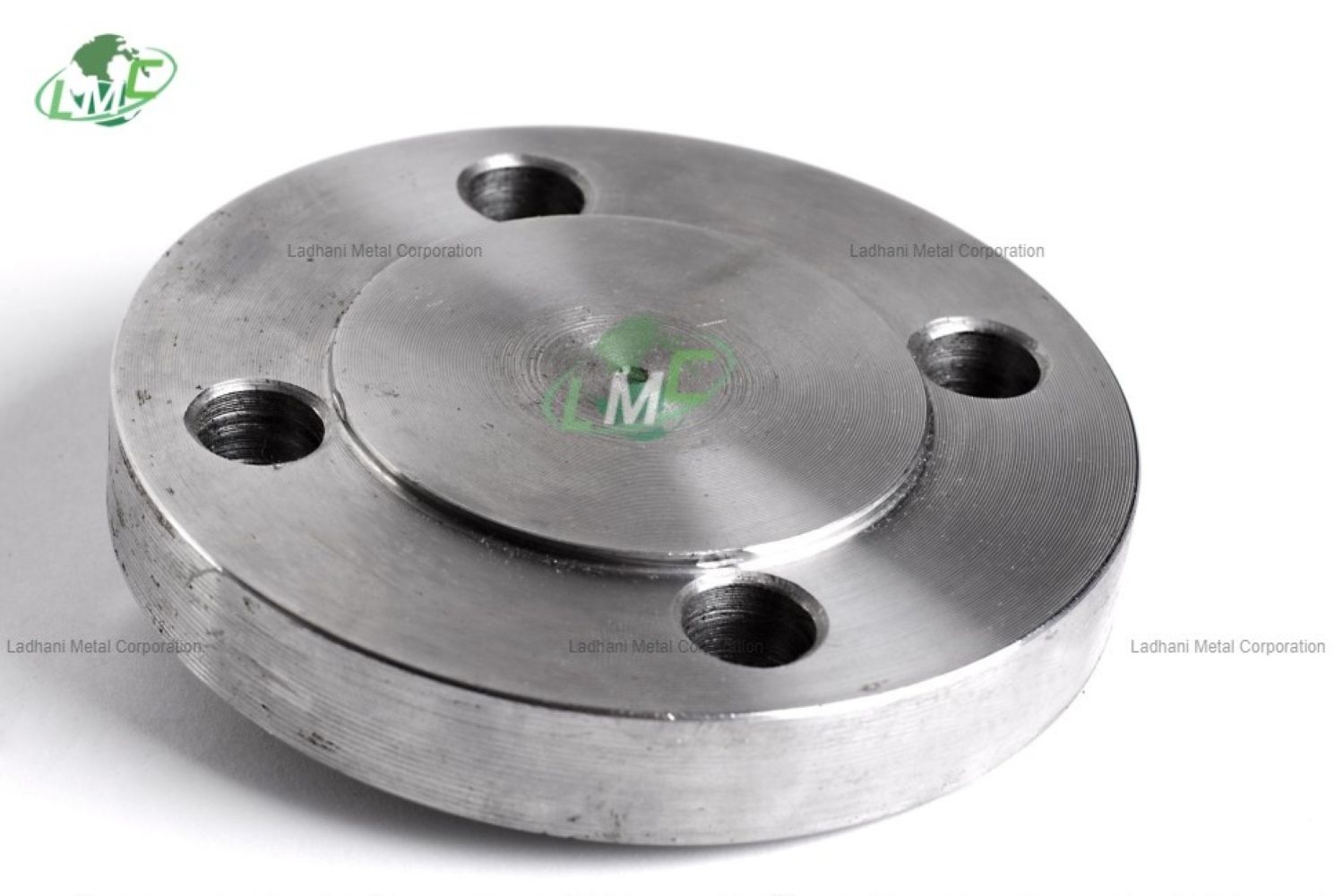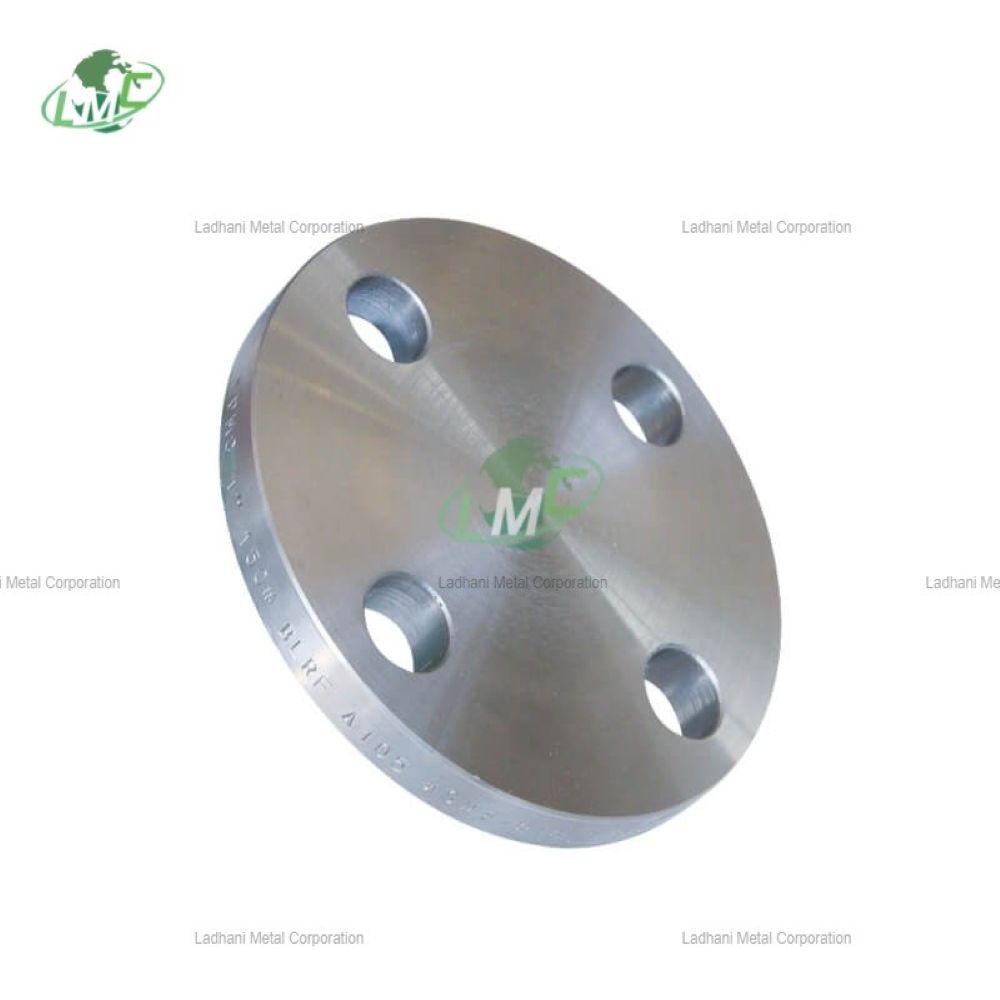DIN 2527 Titanium Grade 5 Blind Flanges are premium-quality sealing components designed to close off the open ends of pipes, vessels, or equipment in systems where no further connection is needed. Made from Titanium Grade 5 (Ti-6Al-4V), these flanges are known for their superior strength, excellent corrosion resistance, and lightweight properties. Titanium Grade 5 is an alloy composed of titanium, aluminum, and vanadium, making it stronger and more heat-resistant than commercially pure titanium (Grade 2). These flanges adhere to the DIN 2527 standard, ensuring that they meet the precise requirements for dimensional accuracy, pressure tolerance, and mechanical performance. Material Composition of Titanium Grade 5 (Ti-6Al-4V): Titanium Grade 5, also known as Ti-6Al-4V, is composed of the following elements: Titanium (Ti): 90.0% min Aluminum (Al): 6.0% - 7.0% Vanadium (V): 3.5% - 4.5% Iron (Fe): 0.25% max Oxygen (O): 0.20% max Carbon (C): 0.10% max Nitrogen (N): 0.05% max Hydrogen (H): 0.015% max Titanium Grade 5 is one of the most widely used titanium alloys due to its high strength, resistance to corrosion, and ability to withstand elevated temperatures, making it suitable for high-performance applications. Key Features of DIN 2527 Titanium Grade 5 Blind Flanges: Superior Strength: Titanium Grade 5 offers high strength (approximately 130 ksi tensile strength) while maintaining its light weight, making it suitable for demanding applications where both strength and low mass are important, such as in aerospace and military systems. Corrosion Resistance: Titanium Grade 5 exhibits exceptional corrosion resistance, particularly against chlorides, seawater, and acidic environments. It is highly resistant to pitting, crevice corrosion, and stress corrosion cracking. It performs well in the presence of strong acids like sulfuric and hydrochloric acids, making it suitable for chemical processing systems, offshore, and marine applications. Temperature Resistance: Titanium Grade 5 can withstand elevated temperatures, with a continuous operating temperature up to 400°C (752°F) and intermittent exposure to higher temperatures. This makes it suitable for high-temperature applications in aerospace, power generation, and chemical industries. Light Weight: Titanium alloys, including Grade 5, have a very low density, approximately 60% of that of steel, making them an excellent choice for applications where weight reduction is a priority, such as in the aerospace and automotive industries. Dimensional Accuracy & Pressure Ratings: DIN 2527 Titanium Grade 5 Blind Flanges are manufactured to exacting standards to ensure a tight, secure seal in piping systems. Available in various pressure classes such as PN6, PN10, and PN16, allowing compatibility with a range of piping systems depending on the pressure requirements. Design Options: Standard Blind Flange (Type A): A solid, circular flange used to seal the end of a pipe or vessel. Flat-Faced Blind Flange: Designed with a flat sealing surface for low-pressure systems. Raised Face Blind Flange: Features a raised area around the center for improved sealing in higher pressure applications. Ring-Type Joint (RTJ) Blind Flange: Designed for high-pressure applications with a groove for a ring-type joint gasket, commonly used in the oil and gas industries. Long Weld Neck Blind Flange: Includes an extended neck for welding, providing additional strength in high-pressure or stressed systems. Nominal Diameter: DIN 2527 Titanium Grade 5 Blind Flanges are available in a variety of nominal diameters (DN), ranging from DN10 (1/2 inch) up to DN600 (24 inches) or larger, depending on system requirements.
Send Message
